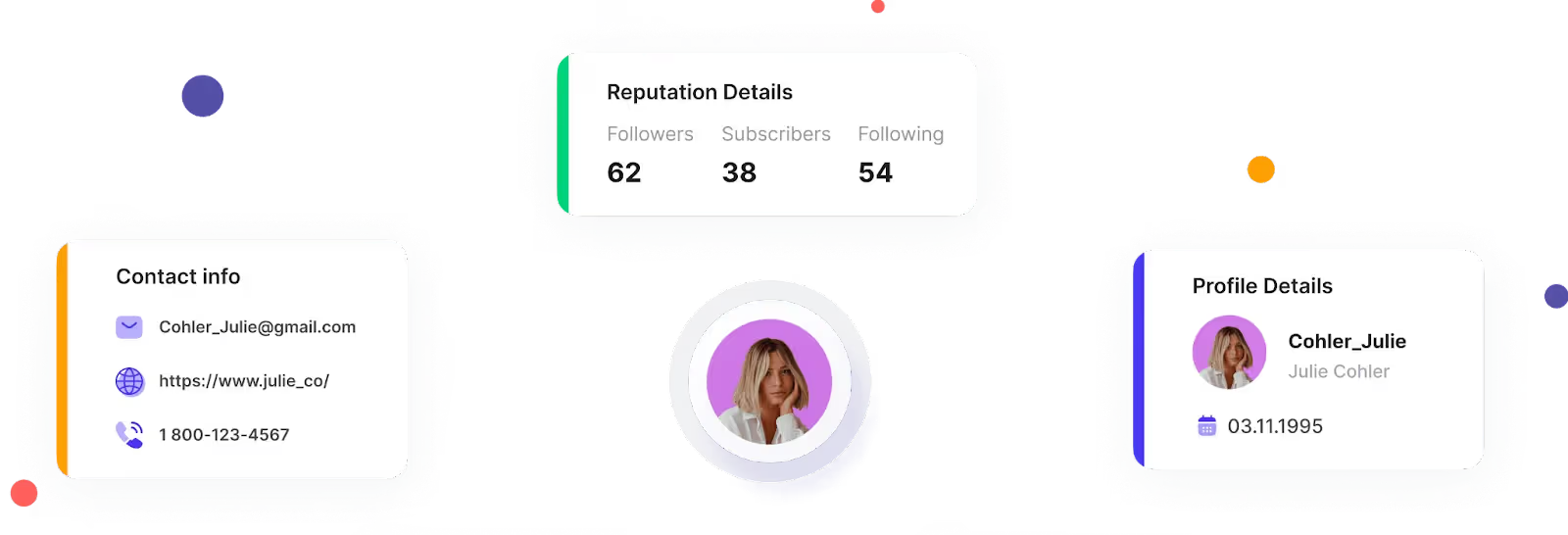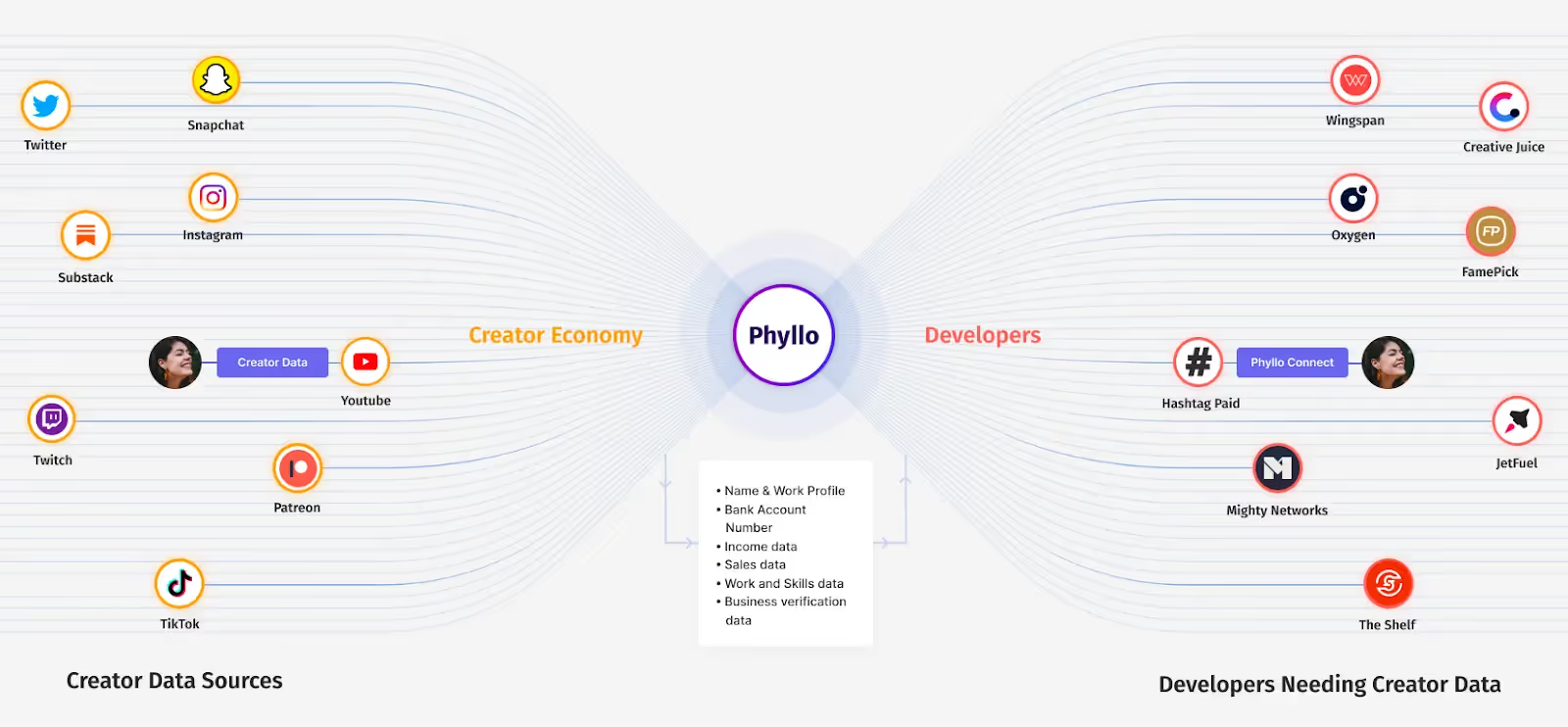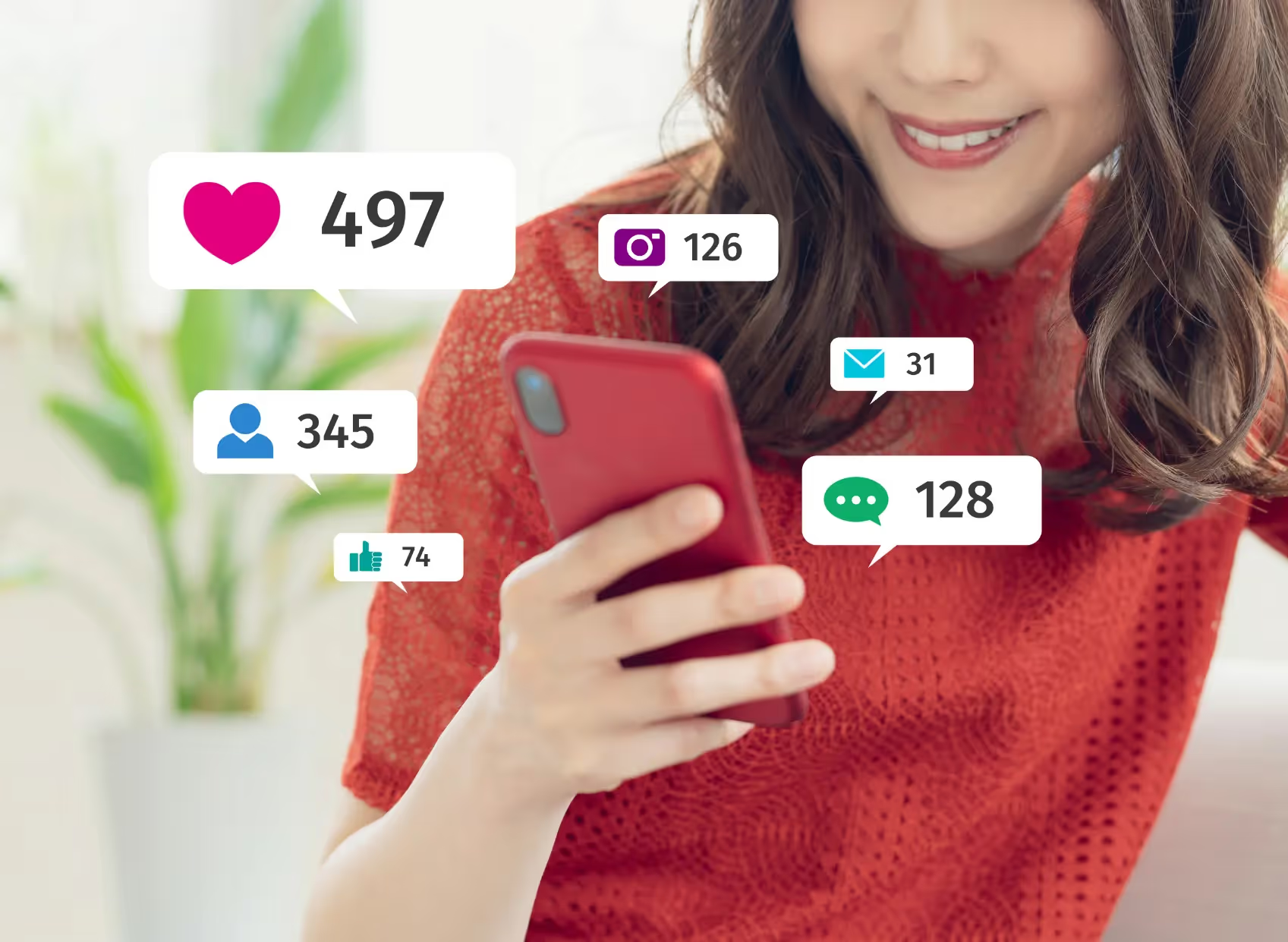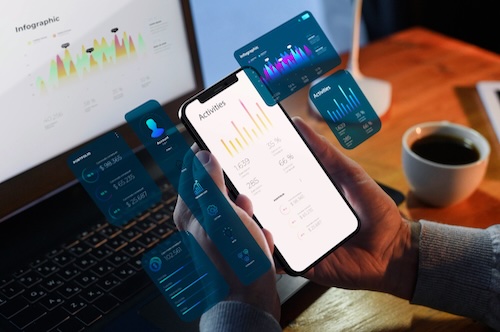Influencer marketing is becoming increasingly popular, with marketers clamoring to leverage the power of social media and the ability to reach millions of people with a single post. But how do you measure the impact of influencers on a brand? How can you tell if it’s worth it?
Data is essential in any form of marketing, and influencer marketing is no exception.
By tracking metrics such as engagement rates, reach, and click-through rates, you can measure the success of their influencer campaigns and make informed decisions about future strategies.
But while data is crucial, the real value lies in the insights that can be gleaned from the data.
The value of insights in improving influencer marketing campaigns
Identify the right influencers to partner with

Influencer marketing is a powerful way to amplify your brand, but it can also be a challenge. The right influencer can make a campaign successful, while the wrong one could cause significant damage to a company's reputation.
Influencers are just like any other marketing channel – they have demographics and behaviors that will determine whether or not they're a good fit for a brand.
To identify the right influencers for a given campaign, marketers need to know exactly who they are, where they spend their time online, and how they behave on social media. This kind of insight helps you focus on those more likely to engage with the collaboration content rather than trying to reach anyone with an audience in the hope that a few people will click through.
Furthermore, while the rise of influencer marketing has made it easier for brands to reach their target audiences at scale, it has also opened up opportunities for fraudsters to exploit the system with bots and fake accounts.
Therefore, careful analysis of influencers is essential.
Most of this verification on major influencer marketing platforms is done manually — a resource and time-intensive task.
With Phyllo, this problem gets resolved with a single universal API.
Phyllo’s Identity API provides creators’ profile-level information, such as their followers, following, subscribers, and other reputation metrics. It also provides audience demographics data (gender, age distribution, location, etc.) to determine how valuable a creator is to the brands.
All this information comes with the creator’s consent and directly from the source platform.
Read more: With Identity API, verify a creator's identity easily
Campaign planning
You can use insights about what topics resonate most with your audience to plan out which content your influencers should create and share during the campaign period.
For example, suppose you know that one topic consistently receives more positive feedback in the form of likes or comments than another, you'd want to focus more on creating content around this topic during your campaign.
With the right data insights, you can create personalized strategies that speak directly to each of your audience members' needs and preferences, leading to higher conversion rates and more satisfied customers overall.
For example, insights can help marketers understand what drives their target audience's purchasing decisions. They can also provide valuable information about how customers interact with their brand or product line. These insights are vital for marketers developing effective influencer marketing campaigns that resonate with their target audience.
Improve engagement rates

The engagement rate is a key indicator of the success of your influencer marketing campaign.
A high engagement rate means that more people are interacting with your content and sharing it with their friends, which makes it more likely that they will remember your brand.
The best way to increase engagement is to use insights from your campaign. For example, you can use them to find the best time to post new content or the best place to share it so that it gets noticed by as many people as possible.
You can also use insights to monitor what types of posts are most popular among your target audience. If people are responding well to certain types of posts, then you can focus on creating similar content in future campaigns.
Calculating engagement rates may require one to look at metrics such as -
- Audience engagement rate,
- Audience retention rate,
- Creator retention and churn, among many others.
Better influencer payouts

Chances are the influencers brands partner with are present on multi-channels and run promotions on all of those (depending on the nature of collaboration).
With better insights into the campaign’s performance on different channels, businesses can -
- Streamline the underwriting process with access to first-party data
- Reduce manual processes like verifying screenshots
- Analyze historical data trends for better decision-making
Read more: Verifying Creator’s Income From Multiple Platforms
But can you get better insights from just about any data?
Today, there are two ways you can go about fetching valuable creator data - use the Platform API or scrape the data using third-party data agencies (TPAs).
And first-party is any business’s safest bet for a number of reasons -
- With TPAs, you can only scrape what is publicly available on the internet. If the data isn't public, it will not be scrapable. With APIs (depending on the platform), you can access many more data points crucial to you and your business.
- You get real-time, reliable data when you access first-party data directly from a platform like Facebook or TikTok using their dedicated APIs. This means better quality and fewer errors, and hence, better insights!
- Third-party data is notoriously hard to clean, verify and integrate with other datasets – especially when those other datasets are from other third parties!
- The most significant difference between these two ways of gathering data is control over privacy. When using an API, there’s usually an agreement with the platform and/or creator about using their data.
Read more: Third-party Data Disaster: Why influencer platforms must shift to first-party data now!
Check out Phyllo APIs to access influencer-consented first-party data
The truth is you can’t make informed decisions without good data. Before running another campaign with a different set of influencers or a new product line, you need to know what works and doesn't.
And you can’t get good data without a good data infrastructure!
That’s where Phyllo comes in.

Leveraging major social media APIs for creator data has grown to become a necessity for most businesses today. However, integrating so many different APIs can be a real task.
Phyllo helps simplify and package this process into a single easy-to-integrate API that provides you with an efficient data infrastructure. We aim to be a catalyst in building your influencer marketing business.
We are constantly improving our APIs so you can get the best influencer data infrastructure with just a few clicks.
Schedule a call to learn more about how Phyllo can empower your business.
Want to test the waters before you go ahead? Sign up for a free account to access creator data with Phyllo APIs.









